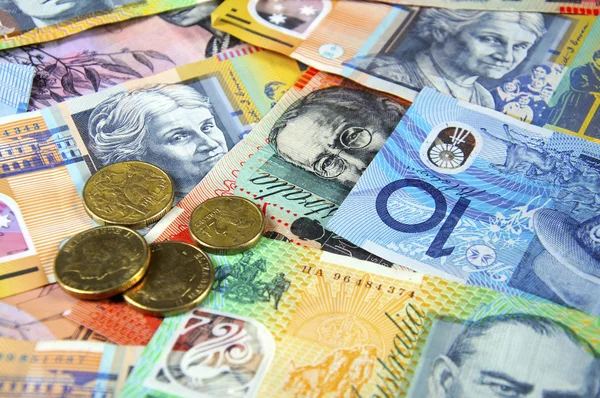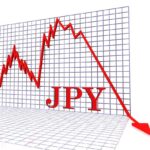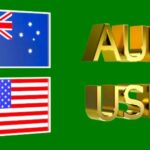Australian dollar remains below a psychological mark.
The Australian Dollar (AUD) recovers its losses from the previous session and edges higher on Tuesday. The US Dollar (USD) strengthened overnight as US Treasury bond yields rose in response to good ISM Manufacturing PMI data from the United States. This development produced headwinds for the Australian Dollar pairing.
The RBA minutes revealed that the board did not explore the idea of raising interest rates.
According to the Reserve Bank of Australia (RBA) meeting minutes from March, the central bank did not consider there is a potential of boosting interest rates.
The Reserve Bank of Australia is projected to keep the present cash rate in place until at least November, owing to persistently higher inflation rates than in other nations, along with a tight labour market. Despite concerns about anticipated inflation swings, analysts believe that this track is unlikely to preclude the RBA from eventually enacting monetary policy easing measures.
The US Dollar Index (DXY) extends its winning streak to the fifth consecutive session. This trend is due to traders’ lower expectations for a quarter-point interest rate drop by the Federal Reserve at its June meeting. Nonetheless, Federal Reserve Chairman Jerome Powell stated on Friday that recent US inflation data is consistent with the expected path, reaffirming the Fed’s Position on interest rate changes for the year.
Daily Market Movers: The Australian Dollar depreciates on stronger US ISM data.
The Australian Dollar (AUD) recovers its losses from the previous session and edges higher on Tuesday.
In March, Australia’s TD Securities Inflation (YoY) was 3.8%, compared to the prior increase of 4.0%.
The Melbourne Institute’s Monthly Inflation Gauge rose 0.1% in March, after falling 0.1% the previous month.
ANZ Job Advertisements fell by 1.0% in March, following a 2.1% fall the previous month.
RBA According to the March meeting minutes, the board did not consider hiking interest rates. They all agreed that it was difficult to foresee future changes in the cash rate. While the economic picture remained uncertain, the risks appeared to be somewhat balanced. The board admitted that it would take “some time”.” before they could express confidence that inflation would return to its target level.
According to NAB’s Rodrigo Catril, the Reserve Bank is unlikely to declare victory against inflation and may postpone rate decreases until 2025.
China’s Caixin Manufacturing PMI rose to 51.1 on Monday, beating expectations of 51.0 and 50.9.
China’s National Bureau of Statistics (NBS) stated on Sunday that the monthly NBS Manufacturing PMI increased to 50.8 in March from 49.1 the previous month. Furthermore, the NBS Non-Manufacturing PMI rose to 53.0 in March from 51.4 in February.
On Thursday, San Francisco Federal Reserve (Fed) President Mary C. Daly stressed that, although the Fed stands ready to lower rates when data justifies such action, there is no need for Quickly, as the US economy is strong with no prospect of faltering.
US ISM Manufacturing PMI increased to 50.3 in March, the highest level since September 2022.
The US ISM Manufacturing PMI showed a surprising gain in March, rising to 50.3 from 47.8 in February and exceeding estimates of 48.4. This reading was the highest recorded since September 2022.
In March, US ISM Manufacturing Prices Paid climbed to 55.8, compared to expectations of 52.6 and 52.5.
US Core PCE came in at 0.3% (MoM) in February, compared to 0.5% in January, in line with market expectations. The yearly index increased by 2.8%, as projected, compared to a previous gain of 2.9%.
US headline PCE (MoM) rose by 0.3%, somewhat less than predicted and following a 0.4% gain the previous month. The PCE rose by 2.5% year on year, as expected.









